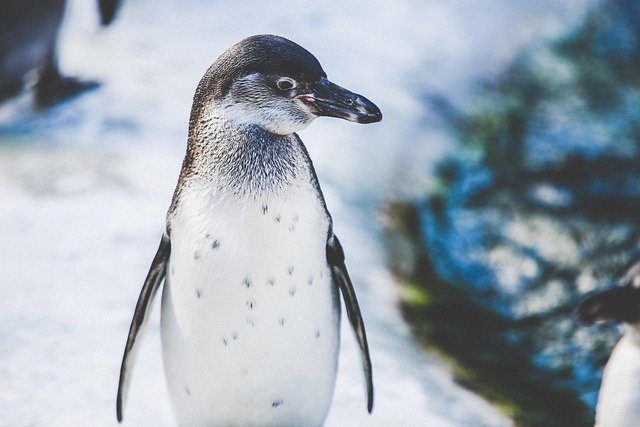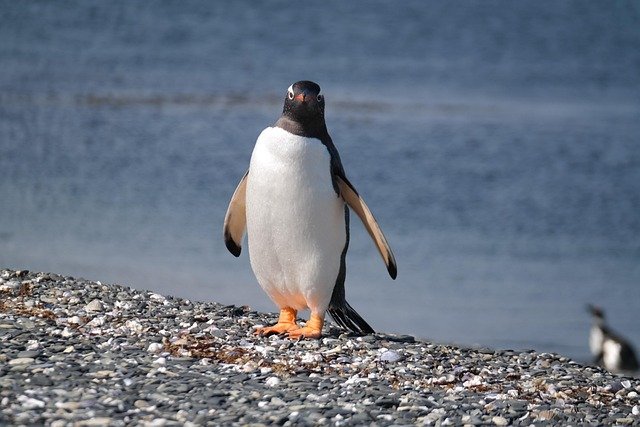**Topic: "The Social Dynamics of Penguin Colonies: Understanding Their Complex Relationships"** In this

The Social Dynamics of Penguin Colonies: Understanding Their Complex Relationships
Penguins are often celebrated for their charming waddles and distinctive tuxedo-like appearance, but beneath this adorable exterior lies a complex social structure that governs their colonies. Understanding the social dynamics of penguin colonies is crucial for both conservation efforts and the broader study of animal behavior. In this post, we will explore the intricate relationships within these colonies, the roles of individual penguins, and the factors that influence their social interactions.
The Structure of Penguin Colonies
Penguin colonies, or rookeries, can vary significantly in size, with some comprising just a few dozen individuals while others may host thousands. The structure of these colonies is often hierarchical, with certain individuals exhibiting dominant behaviors. Factors such as age, sex, and breeding status play pivotal roles in establishing these hierarchies.
Dominance and Hierarchy
In many penguin species, particularly the Emperor and Adélie penguins, dominant individuals often have priority access to resources, such as food and nesting sites. These hierarchies can shift over time, especially during the breeding season when competition for mates intensifies. Understanding the dynamics of dominance can provide insights into the survival strategies employed by different penguin species.
Social Bonds and Relationships
Penguins are known for forming strong social bonds, which are essential for their survival and reproductive success. These relationships can be categorized into several types:
Mating Pairs
Many penguin species are monogamous for the breeding season, forming strong bonds with their mates. These relationships are characterized by mutual preening, vocalizations, and synchronized behaviors during courtship and chick-rearing. The strength of these bonds can influence reproductive success, as partners work together to protect and feed their young.
Kinship and Group Dynamics
Beyond mating pairs, penguins also exhibit kinship relationships. Siblings and other relatives often remain in close proximity during breeding seasons, providing support and protection. This familial structure can enhance the survival rates of chicks, as adults can share the responsibilities of guarding and feeding.
Social Learning
Penguins are social learners, often observing and mimicking the behaviors of others in their colony. This learning process is vital for acquiring skills such as foraging and navigating their environment. Young penguins, in particular, benefit from the social dynamics of their colonies, learning from both their parents and peers.
Factors Influencing Social Interactions
The social dynamics of penguin colonies are influenced by various environmental and social factors:
Resource Availability
The availability of food resources can significantly impact social interactions within a colony. During periods of scarcity, competition may increase, leading to more aggressive behaviors and shifts in social hierarchies. Conversely, abundant resources can foster cooperation and strengthen social bonds.
Environmental Conditions
Harsh weather conditions, such as storms or extreme cold, can also affect the dynamics of penguin colonies. Penguins often huddle together for warmth and protection, reinforcing social bonds during challenging times. These collective behaviors highlight the importance of social cohesion in the face of adversity.
Conclusion
The social dynamics of penguin colonies are a fascinating area of study that reveals the complexity of their relationships and behaviors. By understanding these dynamics, researchers can gain insights into the evolutionary adaptations of penguins and the challenges they face in a changing environment. As we continue to study these remarkable birds, we must also prioritize their conservation, ensuring that future generations can witness the intricate social lives of penguins in their natural habitats.
References

Upvoted! Thank you for supporting witness @jswit.